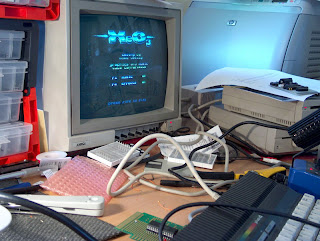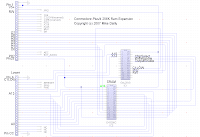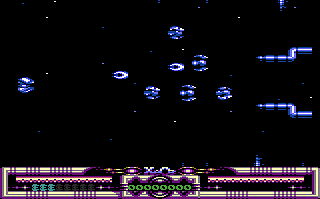 I've been playing with a cool little design for an MMC card reader on the C64, mainly so I can understand it and then try it out on the Plus/4. I've had to modify it a little as I dont have the chip he's using, but it should still work okay.
I've been playing with a cool little design for an MMC card reader on the C64, mainly so I can understand it and then try it out on the Plus/4. I've had to modify it a little as I dont have the chip he's using, but it should still work okay. It's a user port based one so is easy to play with, but it did mean I couldn't use my download cable! Damn! However, now that I have an RR-NET, I found a cool little program called udpslave, which is exactly like my download program anyway, but over ethernet! Very neat. it also means you dont need a parallel port anymore, so I could use a laptop.
The more I look at these things the more I think it would be very cool to have on the Plus/4. Its another fairly simple addition I could add to the memory expansion I guess, as it only needs 4 bits of memory (3 out,1 in).
Its in situations like this though, that I'd KILL for a proper remote debugger! This is the reason you need to step through the actual code on the real machine...Oh well.. back to printing to the screen I guess.






